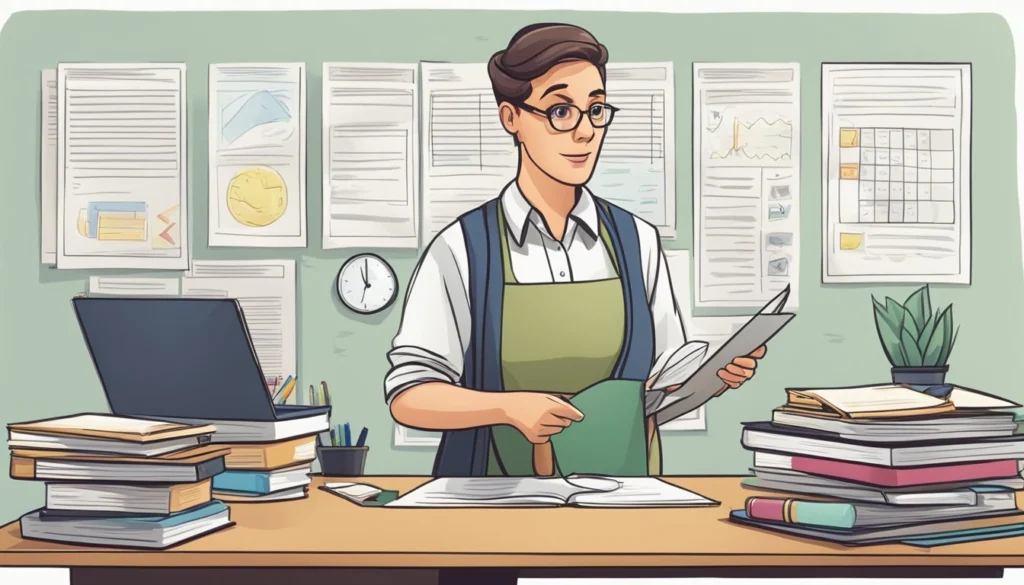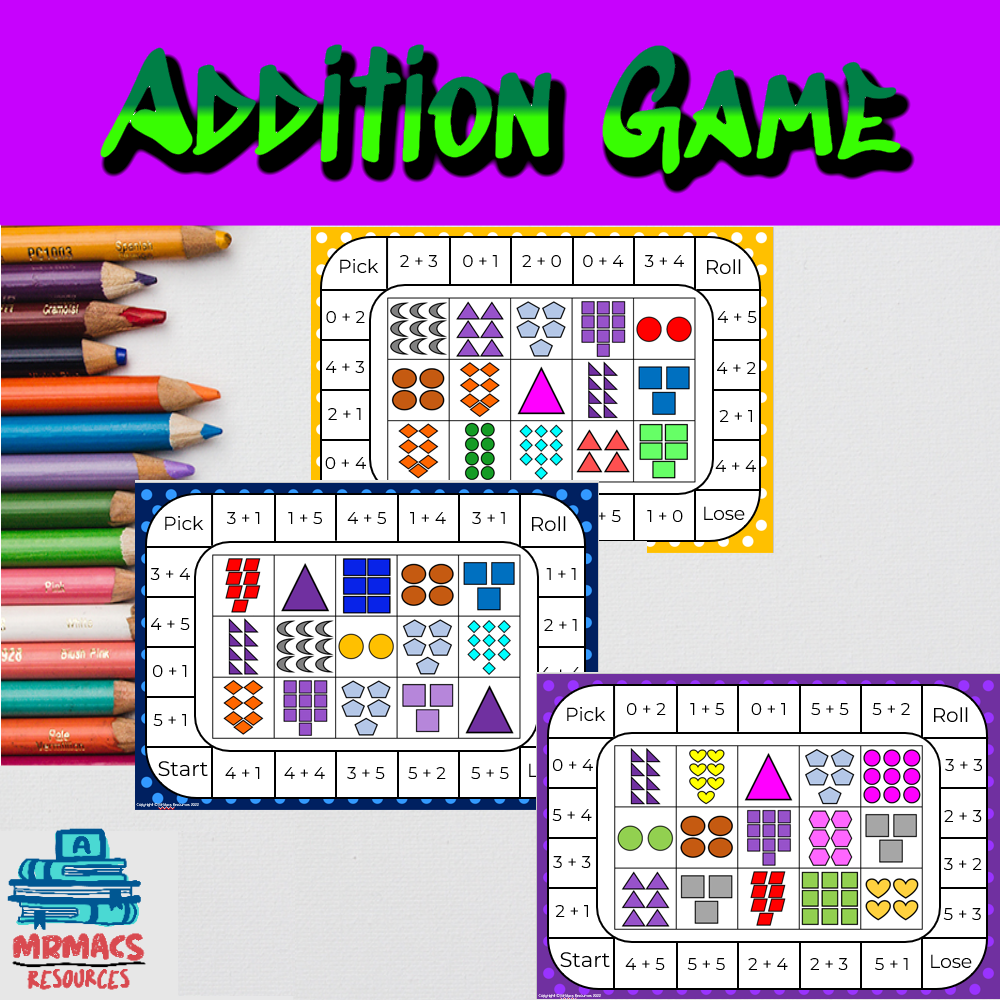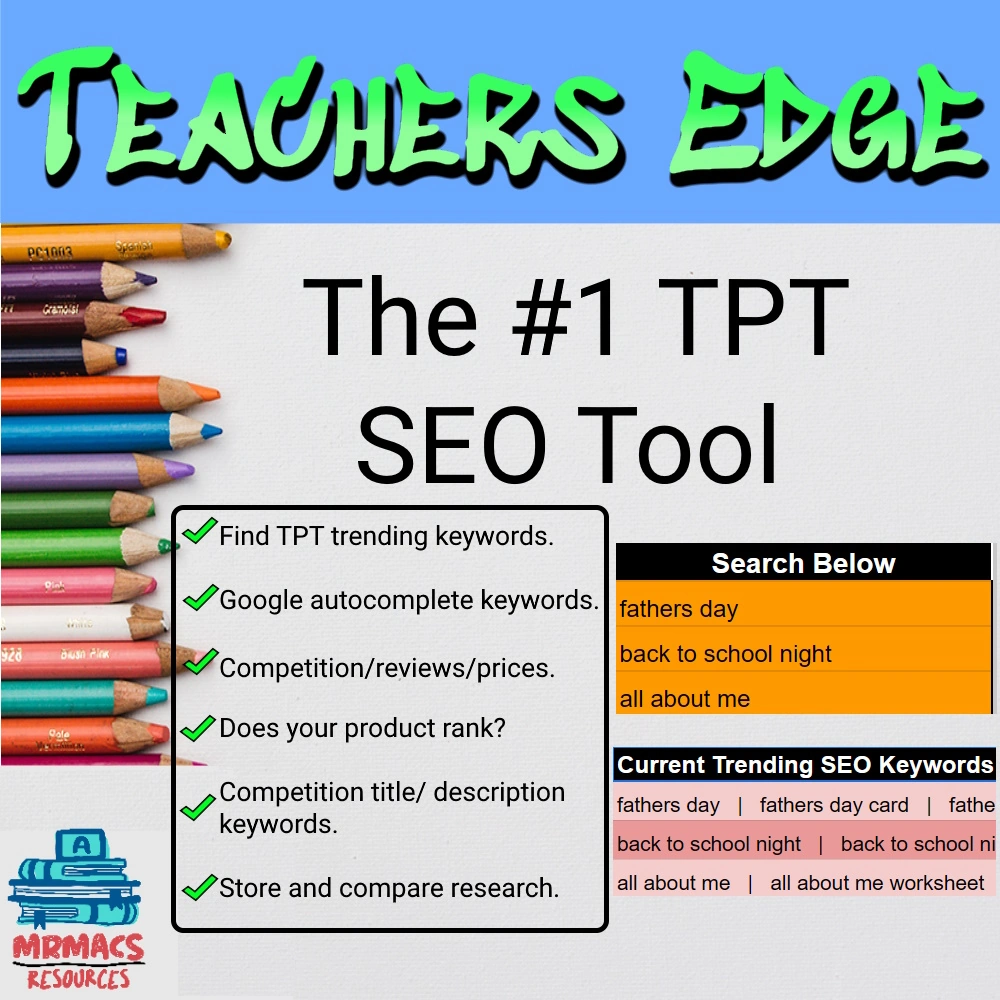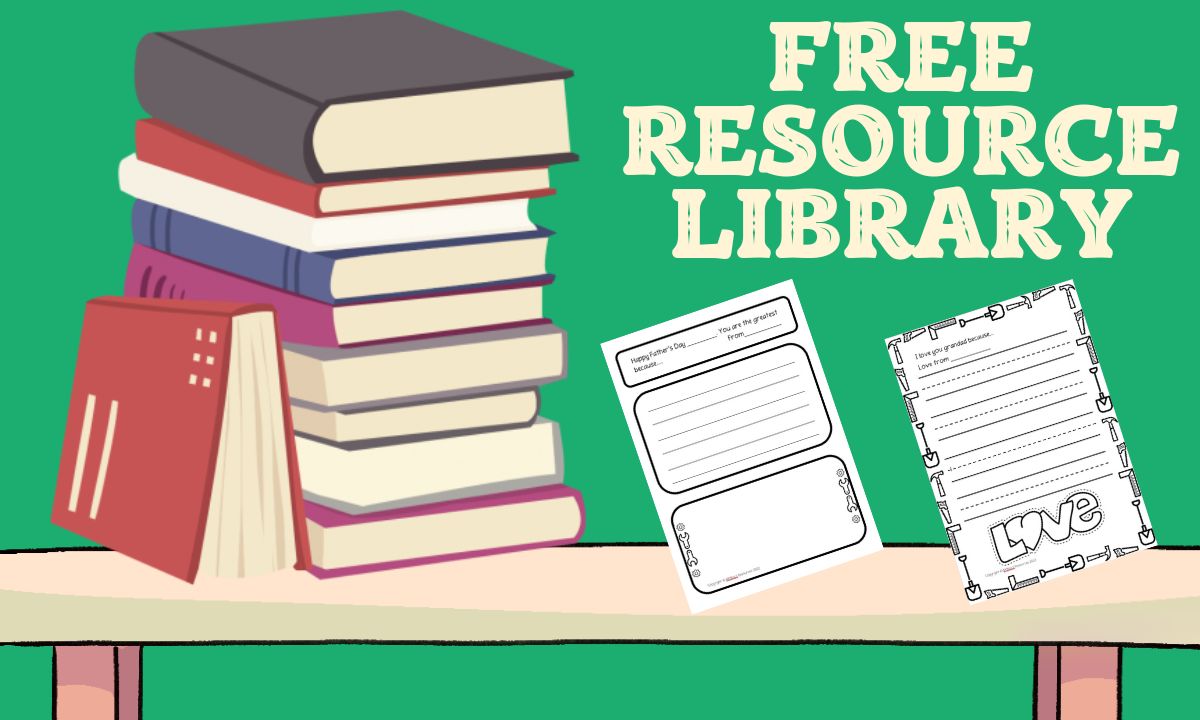
Figuring out the right price for your teaching resources on Teachers Pay Teachers (TPT) can seem challenging at first. You might wonder how to set a fair price that attracts buyers while valuing your hard work. The key lies in understanding your audience and evaluating the quality and uniqueness of your resources. Setting a competitive price requires some research into what similar resources sell for and considering the effort you’ve put into creating them.
It’s important to examine the price range of similar products. By seeing how other teacher-authors price their resources, you can get a sense of market expectations. However, don’t rely solely on others’ pricing—consider the specific value your resources offer. You should also think about the cost of the time and effort spent creating each item.
Remember, selling on TPT gives you the freedom to adjust your prices as you learn what works best. This flexibility means you can experiment with different price points over time. Engage with buyer feedback to fine-tune your approach, ensuring that your resources continue to appeal to educators looking for quality materials.
Creating Compelling Teaching Resources

Creating compelling teaching resources involves crafting lesson plans, units of work, innovative worksheets, and resources that address real classroom needs. It’s crucial to focus on quality and relevance to engage students effectively.
Developing High-Quality Lesson Plans
Making high-quality lesson plans starts with clear objectives. Outline what you want students to achieve. Your plans should include engaging activities that cater to different learning styles. Use visual aids, games, group work, and discussions to make lessons interactive.
Finally, it’s important to align lesson plans with curriculum standards. This ensures that your content is both relevant and valuable for teachers. Consider including assessment strategies to measure student progress. Use feedback to refine your lesson plans over time, improving their effectiveness.
Innovative Worksheets and Distance Learning Resources
Creating innovative worksheets involves designing tasks that challenge and motivate students. For example, use a mix of question types like fill-in-the-blank, multiple-choice, and open-ended questions. Interactive elements such as puzzles or games can increase engagement.
Likewise, for distance learning, resources need to be digital-friendly. Ensure compatibility with common software like Google Classroom. Consider adding multimedia elements, like instructional videos, to support different forms of learning. This makes your teaching resources accessible and adaptable for teachers.
Address Real Needs in the Classroom
Understanding the needs of classrooms is essential. Start by researching trending educational topics or common challenges teachers face. This ensures your resources solve genuine problems. For instance, resources on managing classroom behaviour or enhancing critical thinking skills are often in high demand.
You can also, speak with educators to gather insight into needed materials. Customise content to fill gaps in current educational offerings. Make your resources versatile so they can be adapted to different classroom settings. By addressing real classroom needs, your materials become indispensable to teachers.
Determining the Right Pricing Strategy for Your Teaching Resources
Setting the right price for your teaching resources on Teachers Pay Teachers can greatly impact your success. To find the ideal pricing strategy, consider the perceived value of your products, study your competitors’ pricing, and take into account the time you spent on creating your resources.
Understanding the Perceived Value
The perceived value of your resource plays a major role in pricing decisions. Think about what makes your product unique or special. Highlight these aspects in your listing, so buyers see the value. Quality content, usability, and presentation all contribute to perceived value.
Get feedback from fellow educators or students to get a clearer idea of how your resource is valued. Consider how your resource meets specific needs or provides better solutions compared to others in the market. Position your pricing to reflect this value, and don’t be afraid to charge more if your resource stands out and offers more than your competitors do.
Competitive Pricing Analysis
Comparing your prices with similar resources on TPT is a smart approach. Look for products akin to yours in terms of subject content, year/grade level, and quality. Note how they are priced and gauge whether your resource is of similar, superior, or lesser quality. For example, does your product have more activities or contain more pages? Generally speaking, the more pages your product has the more you can charge.
Create a simple table or list to keep track of pricing trends in your niche. This analysis helps you set a competitive price range that appeals to buyers. Ultimately, it’s crucial to balance being competitive while ensuring you do not undervalue your work. Pricing too low might lead buyers to assume your resource is of low quality, so aim for a sweet spot.
Factor in Creation Time for Your Teaching Resources
When determining your pricing, consider the time and effort invested in creating your product. Calculate how long it took to create the resource, including planning, researching, and designing. Don’t forget to account for any costs, such as software or clipart pictures.
List these aspects to ensure your final price covers your time and expenses. Your pricing should not only reflect the time spent but also the expertise and creativity brought into the project. Balance this with market expectations and perceived value to establish a fair price that compensates your hard work while still attracting buyers.
Price your Teaching Resources for Your Audience

Setting the right price for your teaching resources on Teachers Pay Teachers can significantly affect your success. Understand the needs of your audience and adjust pricing based on their budget, sales patterns, and feedback to maximise your reach and income.
Teachers’ Budgets
Teachers often work with limited budgets, so pricing your resources affordably is crucial. Research the market to see what similar resources cost and aim to match or very slightly undercut those prices to stay competitive. However, a better strategy would be to include more in your products and charge more accordingly.
Consider the demand and the number of products already in your niche when setting prices. This helps you gain an edge over competitors while ensuring your price is seen as fair.
Think about offering tiered pricing for different teaching resource product lines. This lets teachers with varying budgets find something they can afford. Moreover, by being mindful of teachers’ financial constraints, you increase the likelihood of attracting more buyers.
Adjust Your Teaching Resources Based on Sales and Feedback
Once your products are live, pay attention to sales data and customer reviews. If a resource sells well, it might indicate room to increase the price slightly without alienating buyers. Alternatively, you could then think about making a similar product.
An increase in sales volume at a lower price could offset the profits gained from a high price on fewer units sold. Feedback from buyers is also invaluable. If customers mention your resource is affordable and high quality, you might consider raising the price.
Use customer feedback as a general guide for tweaks in your pricing strategy. Adjusting prices based on real-world performance helps keep your offerings relevant and profitable.
Offer Free or Low-Cost Products
Providing some free or low-cost resources can bring new customers and build trust with potential buyers. When teachers see the value in your free offerings, they’re more likely to purchase your paid content.
Consider creating smaller, basic versions of your paid teaching products as free samples. This allows teachers to try before buying. Use bold and italic formats sparingly to highlight key features in these freebies.
The goodwill generated from offering free products can lead to increased sales of your paid resources (upselling). Furthermore, this approach helps establish a strong foundation and attracts a wider audience without alienating potential customers with high prices.
Conclusion
To conclude, before setting a price, consider looking at similar products on Teachers Pay Teachers. By comparing prices, you can find a competitive rate for your resources. This ensures that you aren’t undervaluing or overpricing your materials.
Likewise, ensure your teaching resources offer value. Buyers appreciate detailed product descriptions that highlight the benefits and features. Describe components like lesson length, design appeal, and prep time. These elements can affect how much people are willing to pay.
Finally, prices don’t have to be static. As you gather feedback from buyers or enhance your resources, consider revisiting your pricing strategy. This flexibility can help align your products with buyer expectations and evolving market conditions.
What are your thoughts on pricing your teaching resources on TPT to achieve the best results?
About The Author

Hi! My name is Mr Mac. I am a K – 6 teacher. I love to create resources for teachers to make their teaching lives easier.



